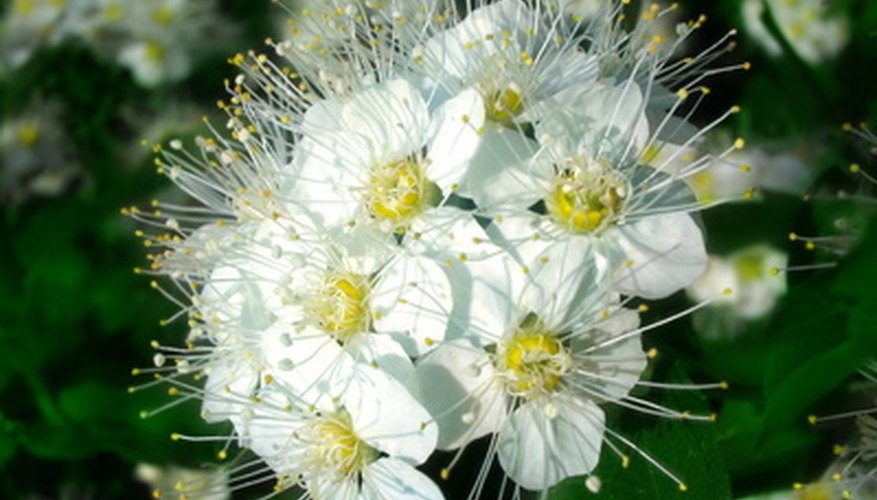The common choke cherry, Prunus virginiana, is a wild cherry that often grows in dense thickets as very large, multi-stemmed shrubs. It is often confused with wild black cherry (P. serotina) and with pin cherry (P. pennsylvanica, sometimes called fire cherry). The choke cherry produces fragrant racemes or pyramid-like spikes of white flowers in late spring that mature into clusters of tart, dark purple-black cherries from midsummer to early fall. Chokecherries tolerate more shade than other native cherries, so songbirds and small and large mammals can devour its fruit or browse its vegetation in the relative safety of the woods.
- The common choke cherry, Prunus virginiana, is a wild cherry that often grows in dense thickets as very large, multi-stemmed shrubs.
Observe trees’ general appearance, location and context. Note that the wild black cherry is most treelike, and commonly found in woods near orchards. Compare plant height. Native black cherry grows to 80 feet or more. Both choke cherry and pin cherry “trees” are more shrublike in general appearance--they are often multi-stemmed--and rarely grow taller than 30 feet.
Carefully study fruit clusters. Observe that stems for each cluster of pin cherries join at the same point, like cultivated cherries. Note, by contrast, that both the choke cherry and wild black cherry produce racemes, or pyramid-shaped clusters of individual fruits attached to a central axis. Examine mature fruits of wild black cherry and choke cherry, observing that black cherry fruits feature a remnant calyx cup on the stem end and the choke cherry does not.
- Carefully study fruit clusters.
- Examine mature fruits of wild black cherry and choke cherry, observing that black cherry fruits feature a remnant calyx cup on the stem end and the choke cherry does not.
Compare choke cherry and wild black cherry leaves also. Notice that on the underside of wild black cherry leaves, near the petiole or stem, the midvein is covered with rust-coloured fuzz, while the choke cherry’s is smooth. Observe leaf shape as well, studying multiple examples of each plant. Note that leaves of the wild black cherry are longer and narrower than those of the choke cherry, and that choke cherry leaves are also wider at the tip.
WARNING
Horses, cattle, sheep and goats will also eat choke cherry, and can be poisoned by toxic levels of hydrocyanic acid in leaves, stems and seeds when plants are stressed, though livestock normally won’t eat fatal amounts unless other forage is scarce.
